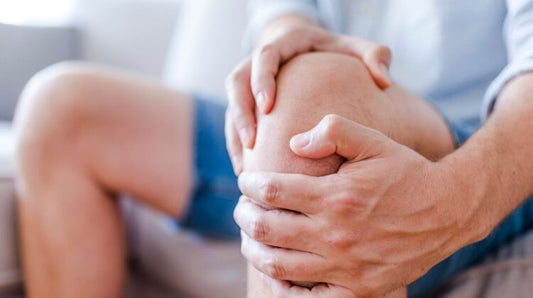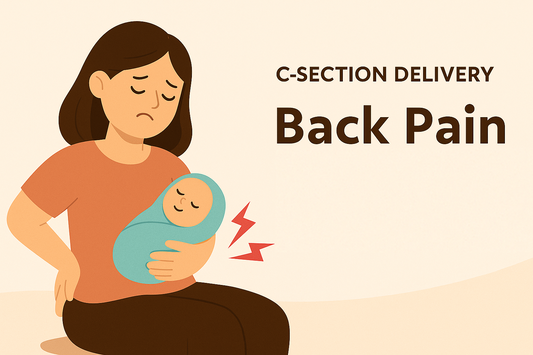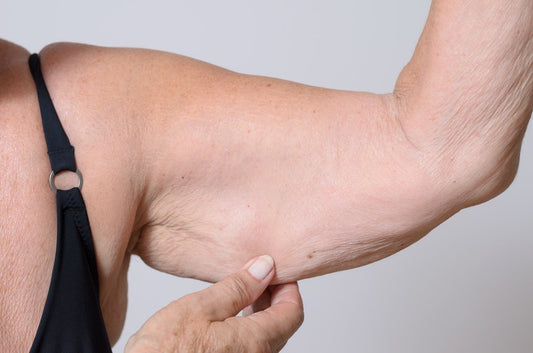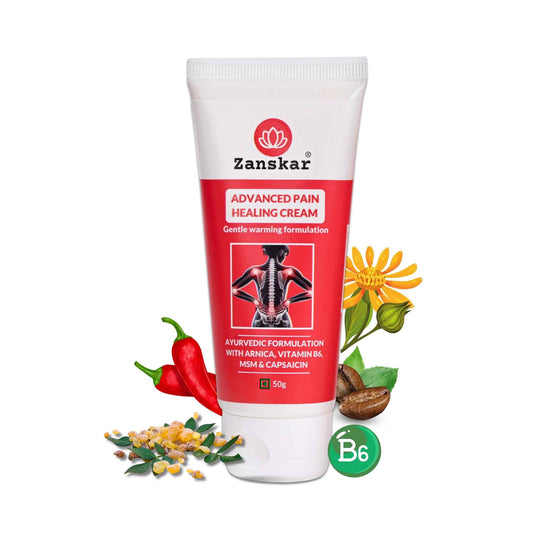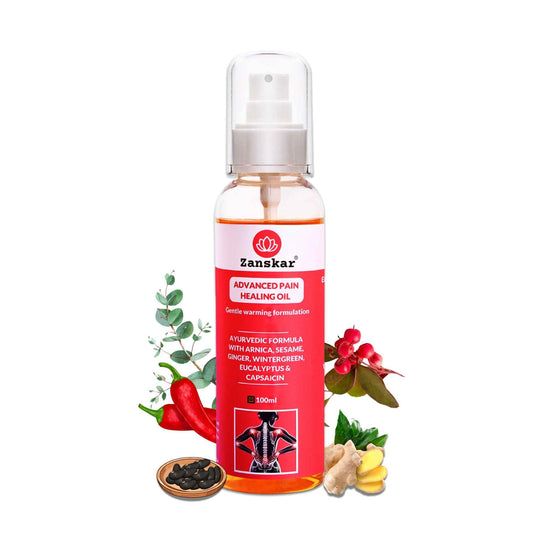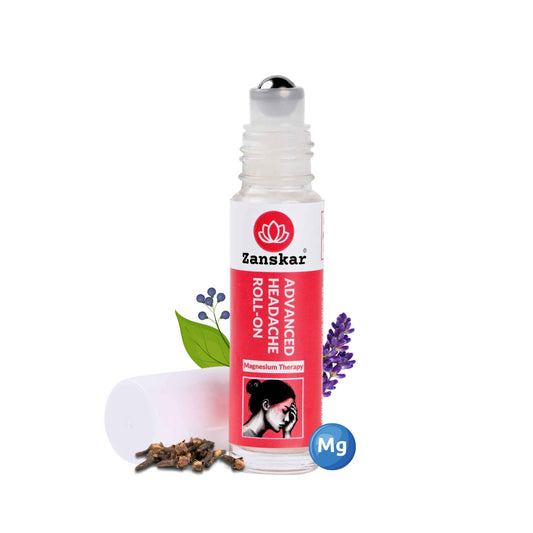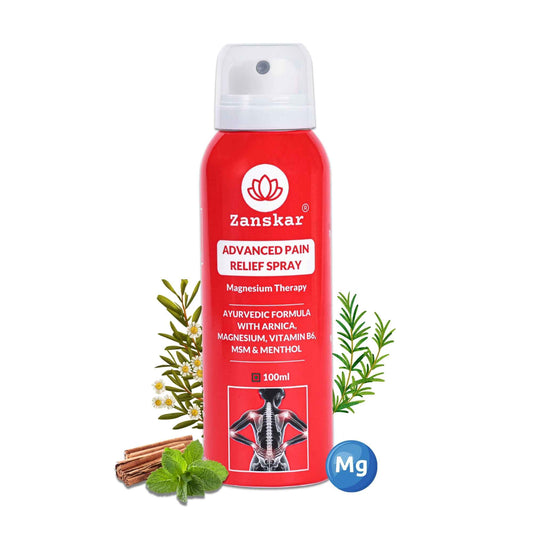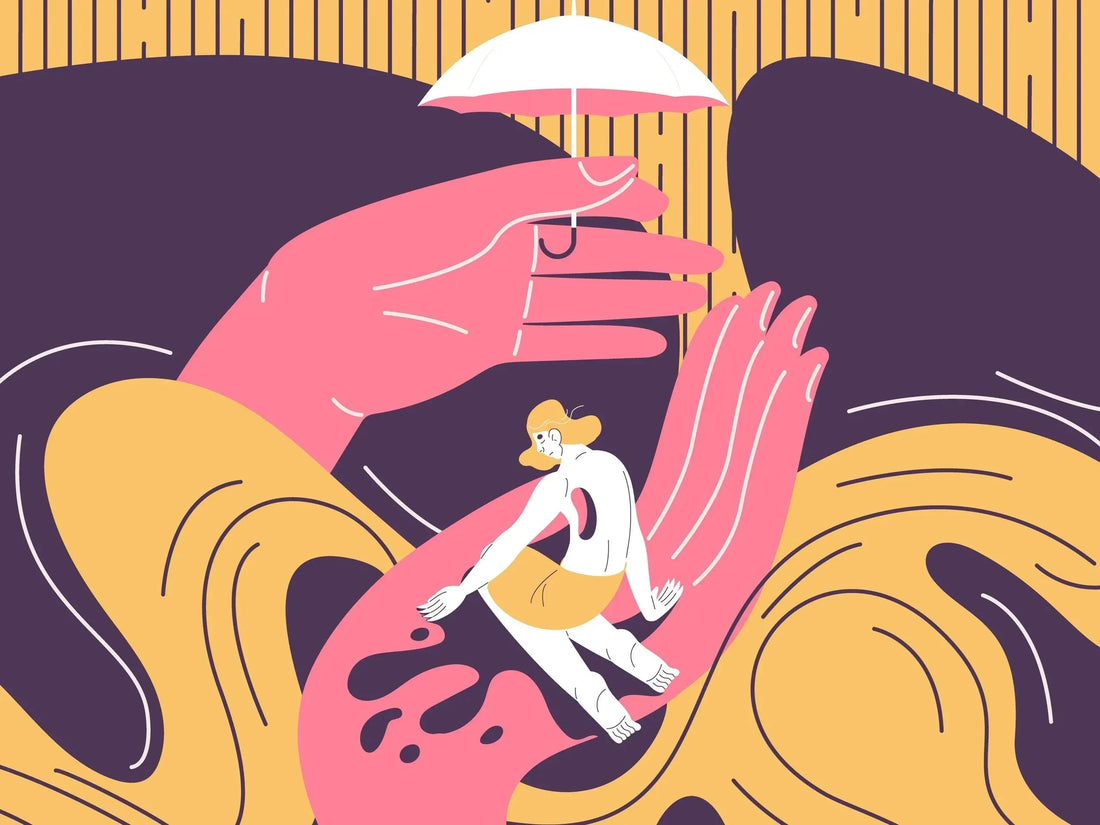
14 Really Useful Tips for Managing Arthritis Pain from Physical Therapists
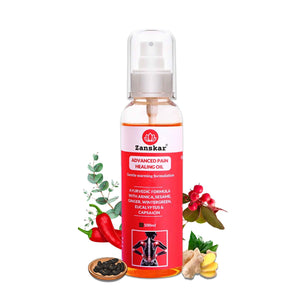
There are more than 100 types of arthritis. It’s estimated that more than 210 million adults in India — about 15% — have some form of arthritis. Arthritis becomes more common with advancing age and is more prevalent among women than men.
These facts tell a story about arthritis, but they don’t tell your story. Everyone’s experience with arthritis is unique. While certain medications, supplements, and steroids may work for your co-worker or cousin, maybe they haven’t worked for you. There’s no one-size-fits-all approach when it comes to managing arthritis, but there are a lot of tips and ways to treat arthritis that you can explore to find what does help you.
Hands down, one of the best tools for arthritis pain is exercise therapy. Have you tried it? It has physical benefits (e.g., decreased pain and stiffness), psychological benefits (e.g., improved emotional well-being), and functional benefits (e.g., more independence and improved ability to do daily tasks). No matter what kind of arthritis you have, movement is medicine.
Movement Is Medicine for Arthritis
If you have any concerns about how that statement pertains to your arthritis, you’re not alone. Many people worry that exercise will make their arthritis pain worse, may not be safe for their joints, or do more damage. All of these are myths. In fact, being sedentary is associated with worsening arthritis symptoms. Even if you’re not able to do as much as you once could, you can always do something to help relieve arthritis pain. An exercise therapy plan tailored to your needs is one of the most effective “somethings” you can add to your arthritis treatment plan.
Here, learn how physical therapy, exercise therapy, and other techniques can help you manage your arthritis pain – from our Zanskar Health physical therapists.
Note: The following tips can help many types of arthritis, but they are generally meant for osteoarthritis. There are additional medications and treatments for people with inflammatory arthritis (e.g., rheumatoid arthritis or psoriatic arthritis) that should be addressed separately.
Physical Therapy, Exercise Therapy, and Arthritis
You may have worked with your doctor to balance medication with diet and other solutions that help in managing arthritis, but your doctor isn’t the only health professional in your corner. Physical therapists (PTs) can play a vital role in your treatment. A PT can do so much more than show you how to squat or help you restore mobility after surgery or an injury.
Physical therapists can help you create an exercise therapy plan to help symptoms of chronic conditions like arthritis and manage your overall health. Exercise therapy is part of physical therapy. It focuses on using therapeutic movement as a tool to help you do what you enjoy with less pain.
Physical therapists are experts in helping people manage arthritis through exercise therapy. “We are trained to teach people techniques to increase their motion in a safe and effective manner,” says Zanskar Health physical therapist Dr Priyanka Urkurkar. “Our goal is to increase your independence and prevent additional pain by tailoring your program to your specific needs.”
You can see a physical therapist in person or use a digital program like Zanskar Health to see a PT virtually. But even if you don’t see a PT, you can still benefit from exercise therapy as part of your arthritis treatment plan. Talk to your doctor about creating an exercise plan that’s right for you.
How Exercise and Movement Help Arthritis Pain
It’s normal to be a little wary of exercise in the face of arthritis. But exercise, even if it causes some discomfort at first, is good for your joints. “Our bones and ligaments are at the mercy of our muscles and tendons,” says Zanskar Health therapist Dr Urkurkar. “When we consistently use our muscles, that tone contributes to creating space between joints.” In other words, consistent exercise relieves joint pain, swelling, and stiffness.
Movement provides a lot of other important benefits for arthritis, such as:
· Pumping blood in and out of your tissues. Blood is full of oxygen and helpful molecules that can help reduce inflammation and stimulate your body to perform maintenance on joint tissues. When your tissues are healthier, they can handle more activity and are usually less sore.
· Improving mental health and sleep quality. About one in five adults with arthritis has symptoms of anxiety or depression, and up to 80% of people with arthritis have trouble sleeping. Chronic pain often affects mental health and sleep quality, which in turn can amplify the body’s pain response. Movement helps break this cycle.
· Helping establish and maintain a healthy body composition. Although your joints can handle a lot, studies show a link between weight gain and progression of osteoarthritis. There’s no such thing as a perfect number on the scale, but losing even a small amount of weight if needed can reduce stress on your joints and systemic inflammation.
What If Movement Hurts?
It’s possible that increasing your activity could cause a short-term pain flare. Movement is still safe and recommended for managing arthritis long term. “Remember: Motion is lotion,” says Zanskar Health therapist Dr Urkurkar “Many folks with arthritis find it painful to move and then avoid movement. But, over time, movement and exercise is what helps promote joint health and decrease chronic pain.”
Just like you expect some muscle soreness after doing a new or intense workout, a moderate increase in joint pain with movement does not mean you are doing damage. It actually means your body is getting stronger under a healthy amount of stress.
Arthritis Pain Tips from Physical Therapists
You may know that exercise is good for arthritis, but executing is easier said than done. Sometimes your pain is so high that you really struggle to move. Movement might cause pain upticks. Perhaps you’re just not sure you’re really ready to do more.
The following tips from Zanskar Health physical therapists can help make exercise more manageable and complement exercise in your arthritis treatment plan. Whether you’re hitting the gym or cleaning a stack of dirty dishes, these tips will help you stay active and reduce pain flares.
I. When You Exercise
1. Warm up with heat. Applying heat before physical activity helps prepare your body by relaxing your muscles, increasing blood flow, and relieving sore joints. You can also use heat throughout the day to soothe painful joints. Try a heat pack, warm towel or shower, or paraffin wax for 20 minutes at a time.
2. Cool down with ice. Heat is usually preferred for arthritis pain management, but cold therapy after exercise can reduce pain and swelling. Use an ice pack for 20 minutes at a time with an hour between sessions.
3. Go for low impact. If you love to run, play tennis, or do other activities that are hard on your joints, you don’t have to give up exercise altogether. Lower-impact activities like biking, elliptical training, rowing, resistance training, swimming, or water aerobics provide many benefits without putting extra stress on your joints. Bonus: Swimming in a pool that is 90 degrees Fahrenheit or more may relieve arthritis pain more effectively than water below 80 degrees.
4. Don’t overdo it. When it comes to exercise intensity, frequency, and duration – not too much, not too little, just right. Zanskar Health physical therapists like to call this your movement sweet spot. A PT can help you find your sweet spot with the right type and amount of physical activity.
II. Around the House
1. Choose shoes wisely. The foot bone’s connected to the leg bone. The leg bone’s connected to the knee bone… In other words, everything in the body is connected, so what you wear on your feet can affect other joints. Opt for comfortable, supportive shoes with a thick, soft sole and plenty of room at your toes. If you tend to go barefoot around the house, buy a pair of supportive shoes or slippers for indoor use.
2. Make your morning routine easier. When you sleep, joint fluid can thicken, which can make your joints feel stiff in the morning. These tips can help:
· Use pain relievers such as NSAIDs (non-steroidal anti-inflammatory drugs) or cream such as Volini
· Apply a heat pad or take a warm shower to loosen your joints.
· Opt for loose-fitting clothes, stretchy fabrics, loafers or slide-on shoes, and shirts without buttons to make dressing easier on your painful joints.
· Prep your breakfast and lunch the night before.
III. Don’t add unnecessary work in the kitchen
· Use as few dishes as possible.
· Clean as you cook instead of doing all the dishes at once.
· Buy pre-prepared, healthy foods such as pre-cut or frozen fruits and veggies.
· Have heavier items delivered to your home instead of getting them at the grocery store.
IV. Posture and Support
1. Remember: Your next position is your best position. “One of the biggest myths I hear from patients is that their pain is solely due to ‘bad posture,’” says Zanskar Health therapist Dr Urkurkar. “How you hold yourself is not what’s most important. What matters is how long you stay in one particular position. Ballerinas and soldiers stand with perfectly upright posture and they are still prone to aches and pains. Holding one position for too long, whether it is with ‘good’ or ‘bad’ posture, can be irritating to your joints.” Since slouching, hunching over, or leaning forward can put extra stress on your joints and cause pain, get up and take frequent stretching breaks.
2. Brace yourself. A good brace, splint, or assistive device (e.g., cane, sock aid, grab bar) can increase stability, reduce pain and inflammation, improve your ability to get around, and help you walk farther more comfortably. You may benefit from using a brace or assistive device all the time, or just during certain activities that increase your pain.
3. Gather your gadgets. The good news for people with arthritis is that it’s 2022 and there’s a gadget for almost everything. Use devices to reduce strain on your joints: an electric toothbrush, electric can opener, mandolin (for chopping vegetables), leaf blower, robot vacuum, stand mixer, or food processor.
4. Get ergonomic. Whether you use a computer for work or not, using electronic devices is a big part of most people’s lives. If sitting at a computer or using a smart device makes your pain worse, it’s very helpful to change how you do that activity.
· Sit with your bottom against the back of the seat or place a rolled up towel or pillow between your chair and the small of your back to support the natural S-shaped curvature of your spine.
· Adjust the height of your chair so your feet rest on the floor and your knees sit at about the same height as your hips.
· Adjust the height of your computer screen to be at eye level so your neck stays in a neutral position.
· When composing longer emails and text messages, consider using dictation or talk-to-text software.
The Big Picture
Mind your mental health. There’s a strong correlation between arthritis and depression and anxiety. Maybe you’ve recently been diagnosed with arthritis or perhaps you’ve experienced the toll it can take on your mental health for years. Arthritis pain can keep you from enjoying the things that make you you. Talk to your doctor if you think you would benefit from medication, therapy, or other interventions. They can provide the care you need or refer you to the appropriate medical professional.
Arthritis can feel like a rollercoaster ride. Some days are fine; other days, pain is debilitating and interferes with your daily activities. There are always tools available to help you manage pain better. No matter what else you try, stick with exercise therapy (and physical activity in general). It’s the most effective long-term strategy for healthy joints and an active life.
Learn More About Zanskar Health for Knee Relief
If you have joint or muscle pain that makes it hard to move, Zanskar offers the most advanced full stack pain relief solutions for you.
Now available to purchase, Zanskar® Advanced Pain Healing Cream has a unique formulation of natural ingredients like Arnica, Vitamin B6, MSM and Capsaicin, which is trusted by over 20L+ pain sufferers globally. It provides lasting relief from muscle and joint discomfort that you can feel good about. Get your fix before stocks run out - buy now.
You can also gain access to therapeutic exercises and stretches for your condition by downloading the Zanskar Health physiotherapy mobile app. Additionally, you’ll have a personal care team to guide, support, and tailor our program to you, including behavioral and nutritional coaching.
Download our mobile app here 👉 download and track your exercise streak.
Medical Review: This article is written by Dr Nishtha Mittal (Senior Health Content Editor at Zanskar Health) and has been medically reviewed by Dr Rashi Goel (Senior Physiotherapist at Zanskar Health). This article and its contents are provided for educational and informational purposes only and do not constitute medical advice or professional services specific to you or your medical condition.

